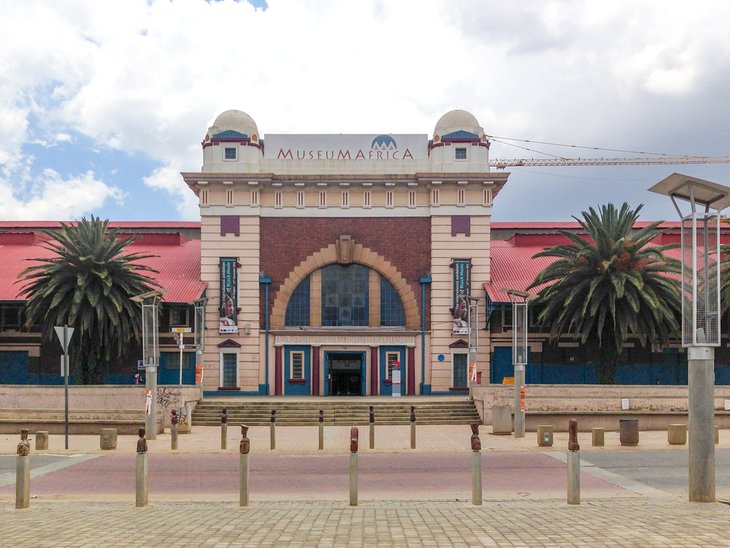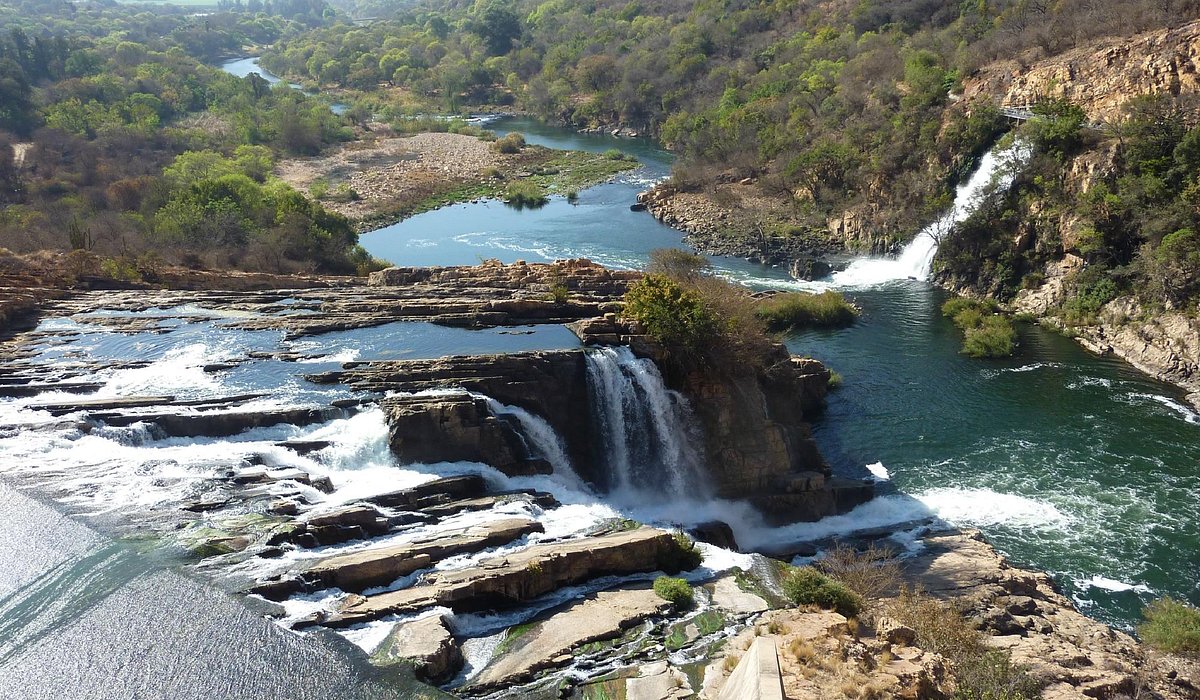Indicators on Johannesburg North Attractions You Need To Know
Table of ContentsThe 4-Minute Rule for Johannesburg North AttractionsWhat Does Johannesburg North Attractions Do?The 6-Minute Rule for Johannesburg North AttractionsSome Known Details About Johannesburg North Attractions Get This Report on Johannesburg North AttractionsMore About Johannesburg North AttractionsThe 4-Minute Rule for Johannesburg North Attractions
You need to keep safety in mind and travelers must stay sharp at all times when in unfamiliar environments. Talk to the locals when you remain in community to find out regarding the location you are remaining in. Johannesburg North attractions. When on the road (this doesn't put on mall and other safe environments) best general advice is to try your finest to resemble a neighborhood and to avoid displaying any type of kind of wide range
Little Known Questions About Johannesburg North Attractions.
Professor Revil Mason O. J. (Thomson, 1946) checked out the Witwatersrand's pre-colonial background. His historical work took off the 'em pty land' misconception, according to which the area was without human habitation prior to the arrival of European settlers. In his magazines Prehistory of the Transvaal: A Document of Human Task (1962) and Beginnings of Black Individuals of Johannesburg and the Southern Western Central Transvaal Advertisement 3501880 (1986 ), Professor Mason demonstrated the extent of social and economic advancement in the area prior to Europeans established foot below.

The Johannesburg North Attractions PDFs
In 1878, David Wardrop discovered gold in quartz capillaries at Zwartkop, north of Krugersdorp. In 1881, Stephanus Minnaar came throughout gold on the ranch Kromdraai, near the Cradle of Mankind.
In March 1886, an outcropping (soon to be called the Main Reef) was discovered, rather fortunately, on Gerhardus Oosthuizen's ranch Langlaagte. Some claim that the Lancastrian coal miner George Pedestrian uncovered this coral reef. Another itinerant English prospector, George Harrison (who had previously operated in Australian mines) obtained a prospecting licence in respect of Langlaagte in Might 1886.
He decided to carry on in a quest for greener pastures, and disposed of his Langlaagte claim for the princely amount of 10. Alas: under lay the wealthiest goldfield ever before located. The exploration of this abundant auriferous reef provoked a gold thrill that signified the end of bucolic serenity in the southerly Transvaal.
It would, within 6 years, end up being the largest town in southern Africa. Within a years, it would certainly make the Z. A. R. till after that an anarchical and insolvent little state the most affluent country in Africa. By the turn of the century, the Z. A. R. was to surpass Russia, Australia and the United States of America to come to be the globe's leading gold producer, generating more than a quarter of the globe's gold.
Some Of Johannesburg North Attractions
It was referred to as Ferreira's Camp, called after Colonel Ignatius Ferreira. He was a Boer adventurer upon whom the British authorities had actually bestowed the standing of Buddy of one of the most Differentiated Order of St Michael and St George (entitling him to the post-nominal letters C. M. G.) in gratitude for his function in the war that had deposed the Pedi king Sekhukhune in 1879.
Two various other camps were established: Meyer's Camp on the farm Doornfontein, and Paarl Camp. The latter was nicknamed Afrikander Camp; several individuals from the Cape Colony cleared up there.

See This Report on Johannesburg North Attractions
This name acquired money by word of mouth, such that the State Secretary affirmed the name to the Mining Commissioner on 9 October 1886. Stands in the town were auctioned on 8 December 1886. While some stands were sold for 10, others were torn down for as little as sixpence.
2 Bonuses years later, these erven were to transform hands for as much as 750 each. The tented camps diminished as a dorp of corrugated iron buildings established and expanded north of the mines situated along the Key Reef Roadway. Areas such as Jeppe's Community (where working-class immigrants erected their homes) and Doornfontein (where the wealthy new 'Randlords' began to create their extravagant houses) were soon included in the ever-expanding map of the community.
4 Easy Facts About Johannesburg North Attractions Described
Apart from the road names, there were no indicators of Johannesburg being positioned in a Dutch-speaking nation., virtually every person talked English and also the Government slaves attended to one in English, unless they were very first attended to in the Taal (or Reduced Dutch)'.
Britain had an interest in ensuring optimum problems for gold production on the Witwatersrand, and that the gold was exported to London instead than Berlin an imperative provided all the much more clamant by the Z. A. R.'s enhancing toenadering with Germany. Mine proprietors got check this on a collision course with Head of state Kruger, whose policy of monopolistic giving ins (commonly given to his cronies) avoided mining firms from obtaining supplies of materials (specifically dynamite) and work on their own, less costly terms
A Biased View of Johannesburg North Attractions
In 1890, the Volksraad had actually limited the franchise to white guys that had lived in the Z. A. R. for fourteen years or longer, hence disqualifying the majority of the immigrants (that took place to be the major contributors to over at this website the fiscus). Frustration for the ballot was a mere pretext for promoting a different program; most uitlanders regarded themselves as short-term site visitors and had no intent of continuing to be in the Z.